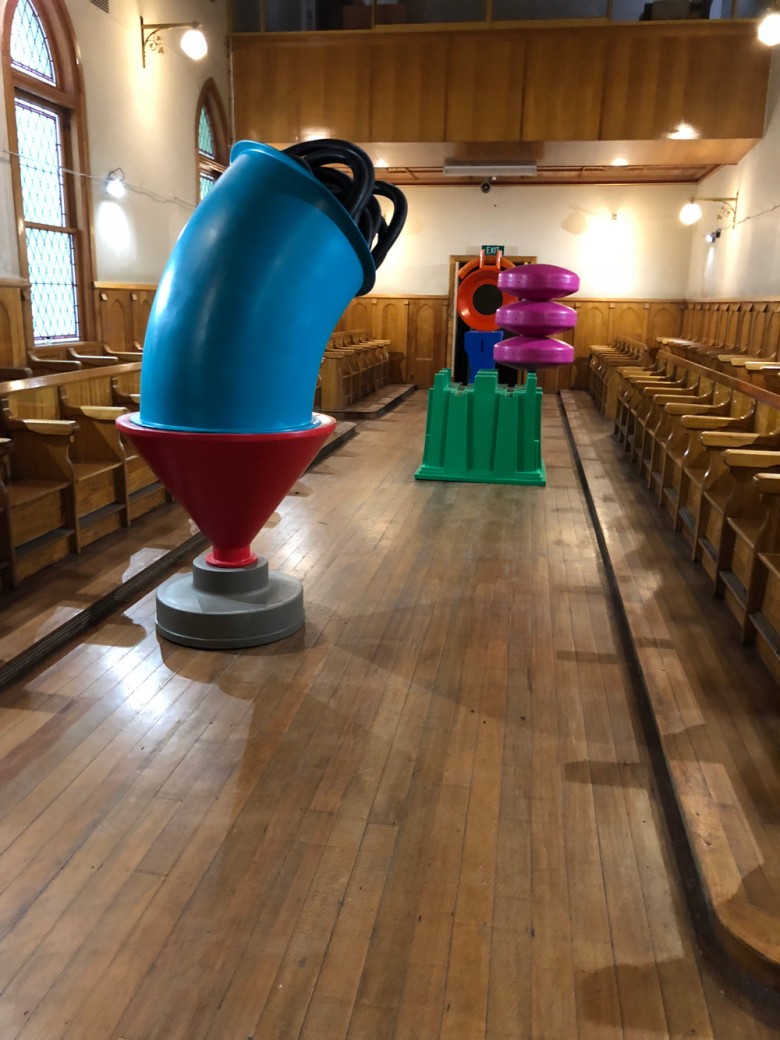Blockchain technology and art
Written by: Evan Lowenstein
The art world has faced many challenges and possibilities. One of the most exciting developments that we in the arts face is the advent of blockchain technology in the trading and cataloguing of art.
What is it?
‘Blockchain’ was originally developed to record transactions in crypto currencies such as Bitcoin.
Sales of art information are not stored in one place but are embedded in digital code on shared databases in different locations around the world, making it unable to be hacked, so records can’t be changed, altered or deleted.
This technology could have benefits when attempting to look at an artwork’s provenance.
There are various business models adopted by some overseas auction houses that are using Blockchain in their art business.
Where all details of an artwork are entered into this registry, it offers tracking of ownership, authenticity and provenance.
It could have benefits to artists and collecting authorities, who can track sales and potentially allow them to collect resale royalties, where applicable.
This technology is being used in Europe but it is still in a nascent state. There are some online auction sites that are attempting to incorporate this into their business models whereby they allow the use of digital currencies to buy and sell art, using crypto currencies.
This approach to international trading of art works as a business model has proven quite popular in the area of speculation, potentially enabling market manipulation on the secondary art market.
Potential problems
As with any new and developing technology, especially with one that is so far unproven and potentially widespread, there are a number of challenges and problems.
The main one, as with all computerised systems, is that of ‘garbage in, garbage out’ which means that the accuracy of the primary data has to be absolutely correct before it is inputted, then the inputs have to be verified.
There is also a problem of accurately linking a physical object (the artwork), to its record.
Possible solutions offered by technology experts are either to place a stamp or a chip on the artwork. It may be embedded in the artwork or placed on the back with a computerised code that can be scanned by a reader.
The other issue is trying to get the participation of all players in the art world. Without them it would be physically impossible to backtrack and to load up every artwork produced to date. From now on it will also be difficult to get all the players to engage in the system by registering all artworks, be they artist, gallery or auction house.
Even though this system potentially offers a good solution to many issues facing the art world, such as preventing forgeries and fraud, there are still many issues to be resolved.


